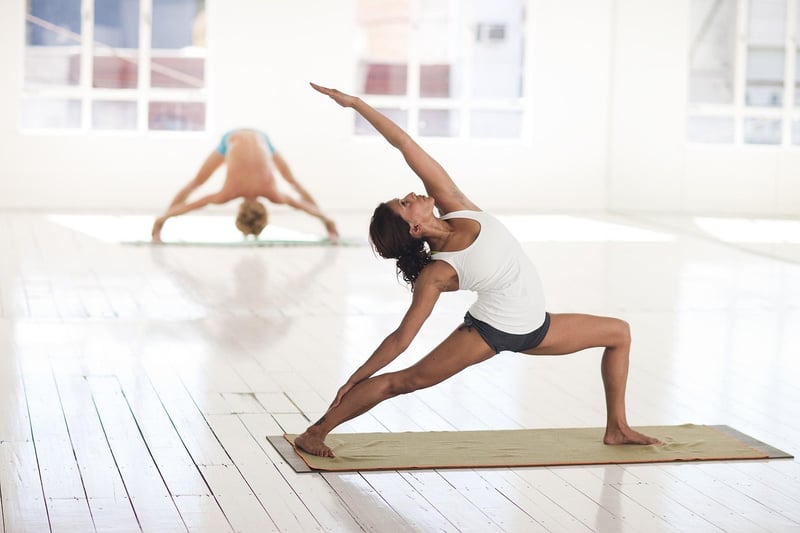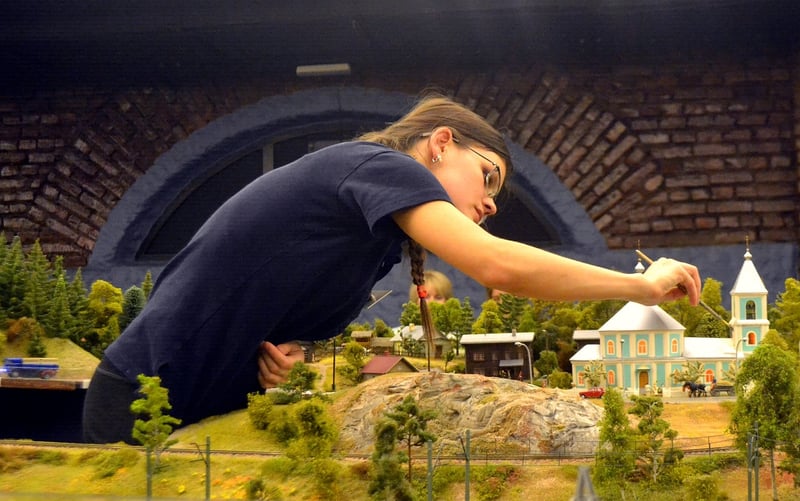Restorative Poses
Yoga Practices for Mindfulness and Restorative Poses
The Importance of Mindfulness in Yoga
Mindfulness is a key aspect of yoga practice, allowing individuals to be fully present in the moment, cultivate self-awareness, and reduce stress. Incorporating mindfulness techniques into your yoga routine can enhance the mind-body connection and promote overall well-being.
Yoga Practices for Cultivating Mindfulness
1. Deep Breathing: Focus on your breath as you move through yoga poses. Take slow, deep breaths, and pay attention to the sensation of air entering and leaving your body.
2. Body Scan: Start from your toes and work your way up, bringing awareness to each part of your body. Notice any tension or sensations without judgment.
3. Meditative Movements: Slow down your practice, moving with intention and awareness. Connect each movement with your breath to stay present.
Restorative Yoga Poses for Relaxation
Restorative yoga focuses on deep relaxation and stress relief. These poses help activate the parasympathetic nervous system, promoting rest and rejuvenation.
1. Child's Pose (Balasana)

Begin on your hands and knees, then sit back on your heels with arms extended forward. Rest your forehead on the mat and breathe deeply, releasing tension in the back and shoulders.
2. Supported Bridge Pose (Setu Bandhasana)

Lie on your back with knees bent and feet hip-width apart. Lift your hips and place a block or bolster underneath for support. Relax and breathe deeply, opening the chest and shoulders.
3. Legs Up the Wall Pose (Viparita Karani)

Lie on your back with legs extended up against a wall. Relax your arms by your sides and close your eyes. Allow gravity to gently stretch the hamstrings and promote relaxation.
By incorporating mindfulness practices and restorative poses into your yoga routine, you can enhance your overall well-being, reduce stress, and promote relaxation.
